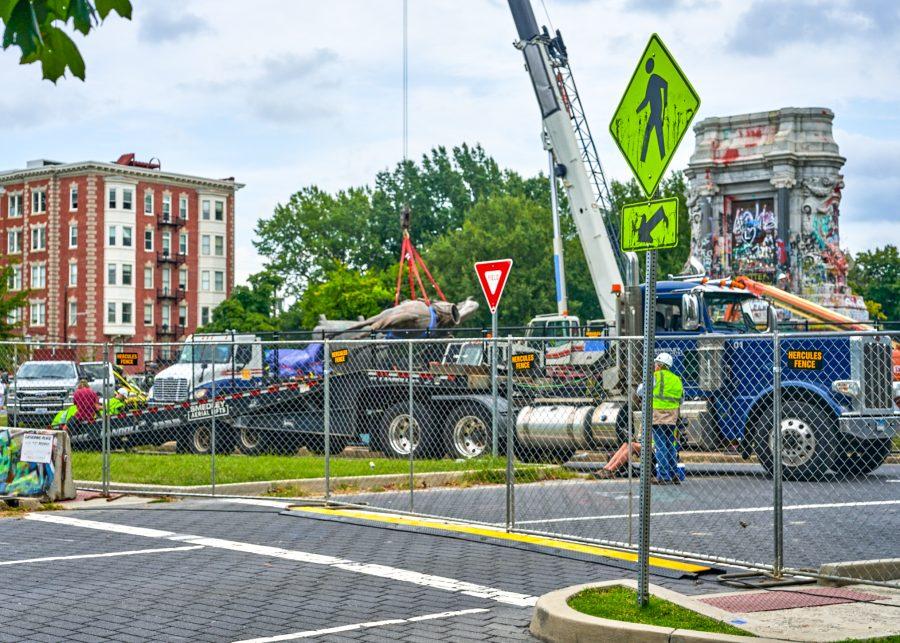UMass Boston continues to be one of the most diverse universities in the United States. It constantly ranks as one of the most diverse, year after year. Although UMass Boston is located in one of the most segregated cities in the United States, UMass Boston stands as a shining light for those looking for a four-year public university education. With its subsidized tuition, it is no wonder that UMass Boston continues to attract low-income students from across Massachusetts and across America. Many of these low-income students come from historically marginalized African-American communities. As such, UMass Boston has a critical role to play in fighting against the constant racism. However, with recent racist activity on our sister campus, the role that UMass Boston has to play in fighting systematic racism suddenly finds itself to be in the spotlight. What are the ways that UMass Boston is responding to this racially motivated activity, and what are some ways its response can be improved to better reflect the feelings of the student body?
In response to the racist email sent to UMass Amherst Black student organizations, UMass Boston was quick to release a statement. The email sent on Sept. 28 wrote, “We stand in solidarity with our colleagues at UMass Amherst in resolutely rejecting racism in all its forms and declare that racism, hatred, and intolerance stand in complete opposition to a humanist civilization and to the elemental requirements for the practice of democratic citizenship.” This strong response to racism clearly suggests that the university’s actions should back up their words. However, according to my approximation, their actions have been weak, unfruitful and performative by their very nature.
One of the first things they did as a result of this racist email was host a “Safe Space Gathering.” The email containing the announcement stated, “In light of recent events, the university will host a safe space gathering on the lawn in front of the Campus Center on Friday, from 10:15 a.m. to 11:45 a.m. This event will provide students, faculty, and staff with an opportunity to come together for dialogue and a time for reflection, affirmation, and solidarity.” While this is a good stepping stone, the university has not announced additional action that it will take to combat racist activities, such as donating money to causes or increasing its punishments on those engaging in racist activities. As such, until the university makes such strong actions that don’t involve empty anti-racist gestures, their actions will continue to be performative by their very nature.
In early September, news organizations across the United States rejoiced as a Confederate statue was removed from Richmond. NPR reported, “On Wednesday, the state of Virginia removed the 12-ton statue of Confederate Gen. Robert E. Lee more than 130 years after it was installed in Richmond….A crowd also chanted and cheered as the statue of Lee—atop a horse—was lifted into the air by a crane.” (1) While anyone opposing the racist history surrounding the Confederacy supports this action, the unfortunate reality is that these, and many actions, act as large public events that distract people from the true nature of racism and its long-lasting legacy in the United States. It is so easy to distract people with grand public gestures, but if you ask them to open up their wallet and donate to the cause, those same “white saviors” who clapped because this statue was taken down might think twice.
The fact remains that although anti-racist rhetoric is important, anti-racist actions must follow that up. Words are very cheap, and it’s easy to publicly denounce racism, but it is significantly harder to “put your money where your mouth is”. As we all fight against racism, let us remember that words are cheap and without true action, anti-racism ends there. Without actions, our intentions are empty, meaningless, worthless and pathetic. However, with actions, our words are the beginning of something wonderful.

